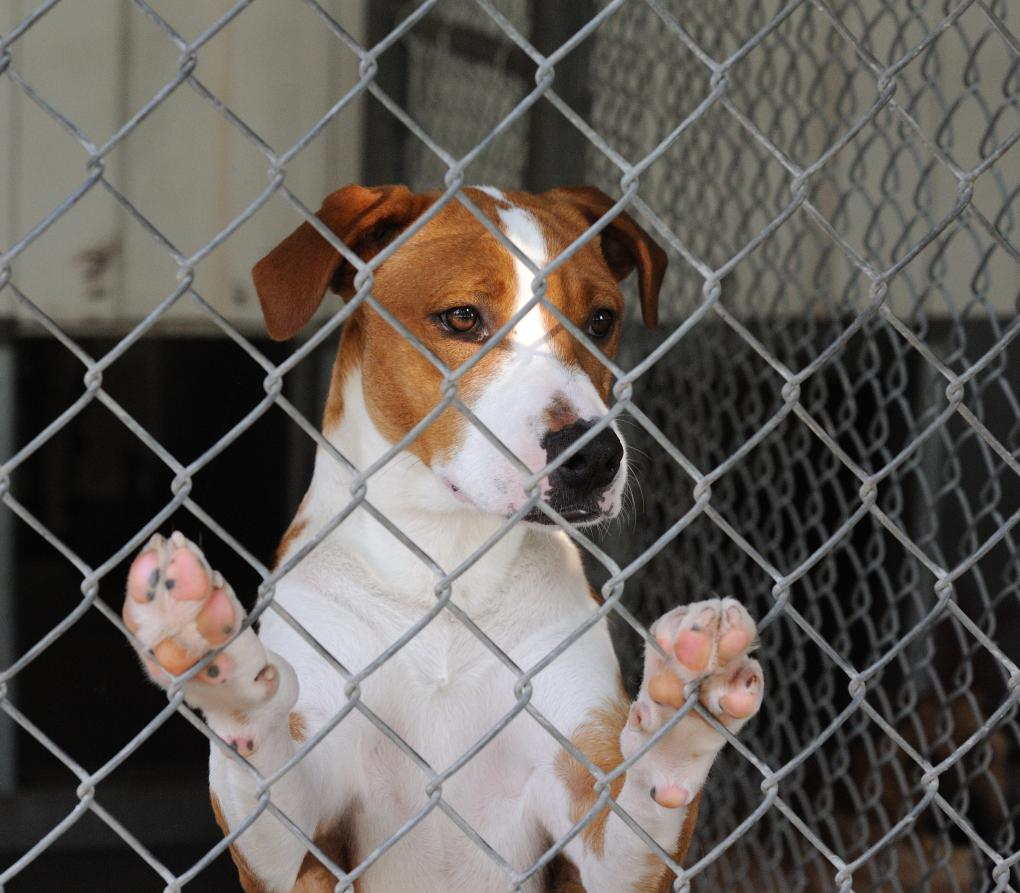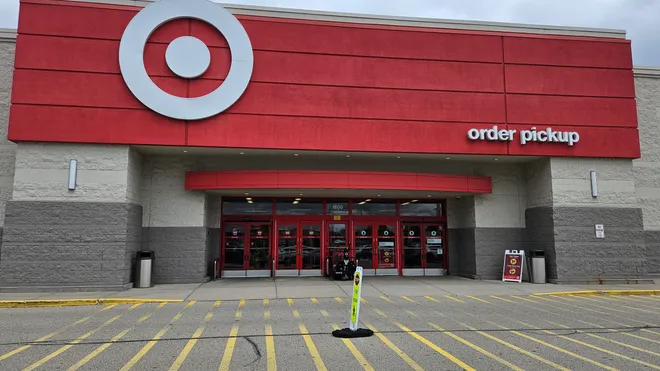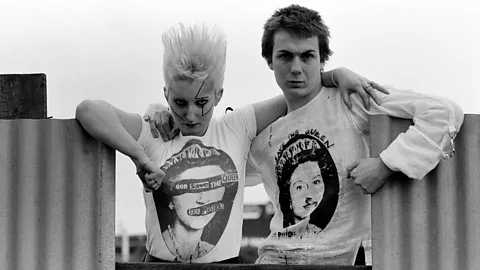Pets Without Parents, a local non-profit no-kill animal shelter, was accused of unsanitary conditions and understaffing by a former employee who called it a “hell hole” in a Facebook post that gained significant online attention over the past week.
Shelter officials responded to questions about the allegations by noting that the photographs don’t illustrate the full picture of operations at the shelter, and two inspections from the Columbus Humane Society conducted since May 12 found “no indication that the animal living spaces were not being cleaned daily.”
Elizabeth Fischer worked part-time for the shelter from April until May 9 and said she left due to its conditions. A few weeks later, on May 21, she made a Facebook post documenting the shelter’s alleged conditions and the issues it faces.https://www.facebook.com/plugins/post.php?app_id=&channel=https%3A%2F%2Fstaticxx.facebook.com%2Fconnect%2Fxd_arbiter.php%3Fversion%3D44%23cb%3D%26domain%3Dwww.dispatch.com%26origin%3Dhttps%253A%252F%252Fwww.dispatch.com%26relation%3Dtop&href=https%3A%2F%2Fwww.facebook.com%2Fliz.kreuter%2Fposts%2Fpfbid0a2aqgtZwwNGKa8zNFDfH4WbERC8p6KiHh2g5p9SPkEZVHKP9RKCuxNG4z8WTLKnil&locale=en_US&sdk=joey
Fischer said she and another employee, Corinne Sutliff, took pictures on May 6 and May 9. In them, cages smeared with feces, a fly-covered food bowl, and a urine-covered floor appear to be visible.
Pets Without Parents said in a statement on its website that the pictures do not accurately reflect the shelter’s conditions.
“We do typically walk in to find many overnight messes, and the first few hours of each (and EVERY) day are spent cleaning up those messes, as well as feeding and administering medications,” the statement said.
Fischer disputed the shelter’s statement, saying that while overnight messes are common at shelters, what she documented is “more than an overnight mess.” She also said the photo of the cage smeared with feces was taken at 3 p.m.
Another former shelter employee, Corinne Sutliff, said the messes from the pictures were from overnight accidents caused by the dogs not being let out in the evening.
“It’s also just because their life are so terrible that they don’t get let out as often as they should. So, they have to live in that situation pretty commonly,” Sutliff said.
Columbus Humane Society said animals “receiving adequate care”
Jourdan Ribbler, the shelter’s manager, said they try to take the dogs out every two hours, and she and the shelter’s director, Amy Klavinger, alternate evenings when they work at the shelter.
The shelter’s floors are typically “pretty messy” when staff arrives in the morning because the kennels are slanted, allowing any liquids to flow out onto the floor, Ribbler said.
“We spend our morning cleaning so all of the dogs can systematically get out of their kennels. Most of the cats, if they’re stressed about leaving their kennels, don’t force them to do so potentially. But everyone comes out of their kennel, and their kennels are really thoroughly cleaned down,” she said.
Ribbler said the number of puppies or housebroken dogs and stormy weather can affect how messy the shelter gets.
There are never days when someone doesn’t come in to work at the shelter, Ribbler added.
The Columbus Humane Society received a sanitation complaint for Pets Without Parents on May 11, Humane Society Director of Marketing Brittany Williams said.
The organization visited the shelter on May 12 and conducted a “thorough investigation of the pets and physical property,” she said. They also returned on a different date to check on the animals’ welfare and to conduct another investigation.
Humane Society agents did not find any violations of the Ohio Revised Code, so the case was closed, Williams said.
“All animals appeared to be in good body condition and receiving adequate care. The photos circulating appear to be a point in time in a single day. During our visits, there was no indication that the animal living spaces were not being cleaned daily,” she said.
Understaffing allegations
Fischer attributed the shelter’s alleged conditions to understaffing and a lack of care from management. While she worked there, she said most of the shelter’s maintenance fell to Sutliff.
Sutliff said she would work from 9 a.m. to 7 p.m. most days, and it “completely destroyed” her.
“I wouldn’t eat or drink water. I always felt like I was going to pass out. By the time I sat in my car, leaving for work, I was so lightheaded. I didn’t even know if I was going to make it home every day because I was just going at 110 miles per hour every day to make sure that the dogs were let out three times,” she said.
Ribbler said that some employees at the shelter work 11 or 12 hour a day and that the shelter’s daily needs can be met by one person.
“It is manageable to provide thorough care for all of those animals in that time,” she said.
Both Fischer and Sutliff said management would routinely fail to respond to potential volunteers who could alleviate the workload and improve conditions at the shelter.
Ribbler disputed this, saying the shelter is always looking for volunteers and that every volunteer application receives an invite to set up an account, but it may go to junk mail or spam.
“We are always looking to add volunteers, and we have some really great volunteers that are consistently coming on regularly,” she said.
Isolated dogs and sick cat allegations
Fischer and Sutliff also accused the shelter of neglecting two dogs that were kept isolated from the rest. One dog named Reggie lives in an upstairs room and another, Cara, lives in the corner of a detached garage.
Both said only senior management was allowed to handle the dogs due to behavioral issues. Sutliff said either the director or the manager would let Reggie out for five minutes in the evening, change his water, refill his food, and then lock him back in his room.
“He has no interaction or life, really. And I am obviously a huge animal lover, but euthanasia is more humane than the life he’s living,” she said.
Ribbler said Reggie has been at the shelter for several years and has a “good” quality of life. He’s only comfortable around senior staff, so his care may go unseen, she said.
“It’s just that I think that the staff that are referencing him don’t always get to see those things because he’s so uncomfortable, and we manage that stress,” she said.
The other isolated dog, Cara, lives in a small corner of a detached garage that Fischer said was hot and looked like no one had “touched it for days” when she saw it.
“Even when Amy let her out, no one cleaned it. She didn’t go in there and clean up. I’m sure the dog had messed because it had been in there for so long, but nothing was cleaned,” Fischer said.
Ribbler said Cara’s corner of the garage was “pretty big,” senior staff cares for her, and she has access to the backyard.
“If we go out to work on answering emails, et cetera, with a laptop, she’s out with us too inside the building. So, lots of options for her. She actually has bigger housing options than some of the dogs in their kennels,” she said.
Fischer also referenced one of the shelter’s cats that appeared to have his toe falling off in her post. This cat, who she called Garfield, had yet to see a vet, both she and Sutliff said.
Ribbler said the shelter didn’t have a cat named Garfield, but she knew the cat they were referring to. He was initially averse to touch, so he couldn’t visit the shelter’s “fear-free” vet because he wouldn’t allow them to touch him.
Since he wasn’t in a severe medical condition, they opted to try to reduce his stress and increase his level of comfort with people before taking him to the vet. He’s improved since then, and he has a vet appointment on Monday, Ribbler said.
What’s next for the shelter?
Fischer said she hopes the shelter’s animals get “networked” away from the conditions she described in her Facebook post. She wants the shelter to make a better effort to recruit adopters, fosters, and volunteers and make the shelter livable.
“They need to make sure they’re not biting off more than they can chew. I think that at some point, their hearts had to be in the right place to start a no-kill shelter, but they’re not able to maintain it,” she said.
Ribbler said the greatest issue facing the shelter is declining funding. More funding could help the shelter improve their building and hire more staff, she said.
“Any support that we can get is great,” she said.



































